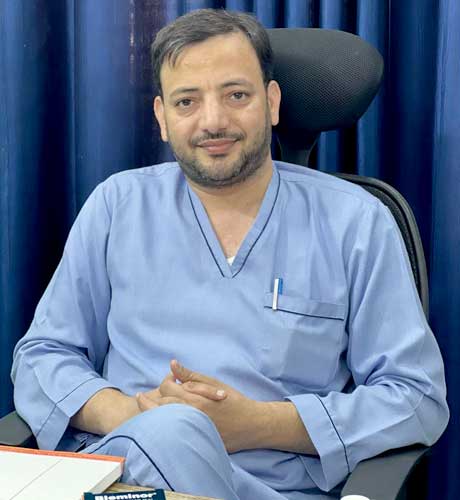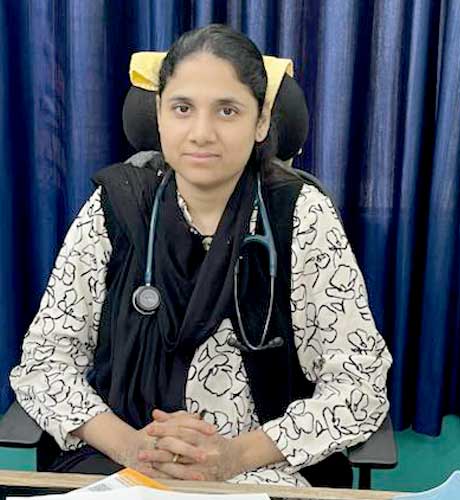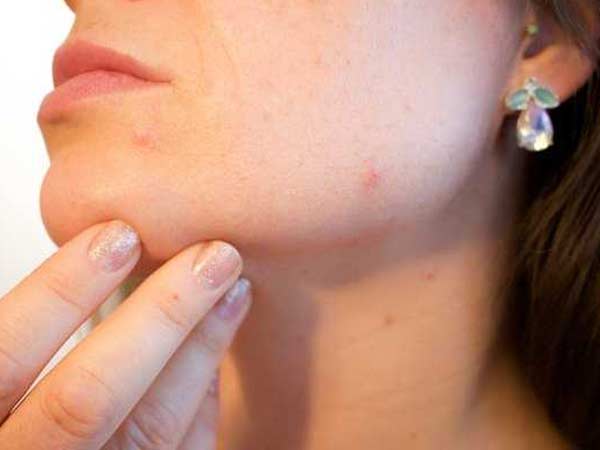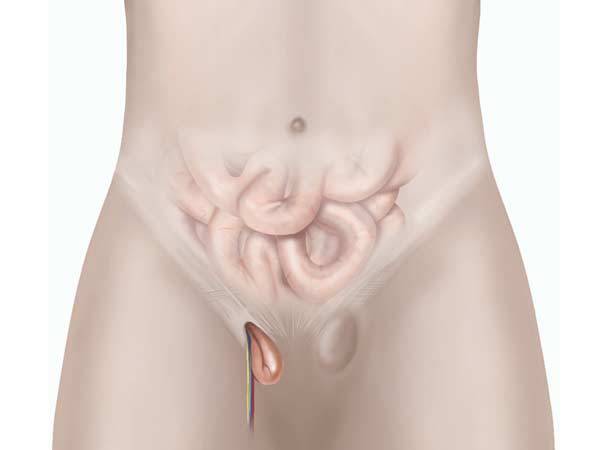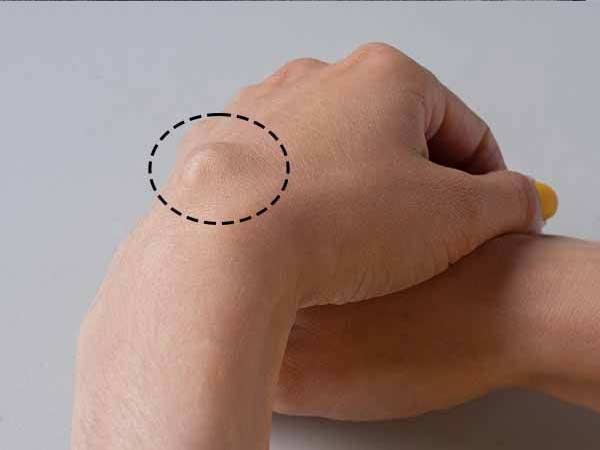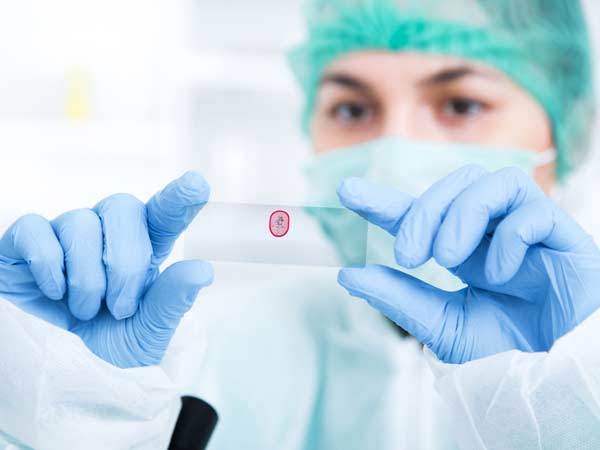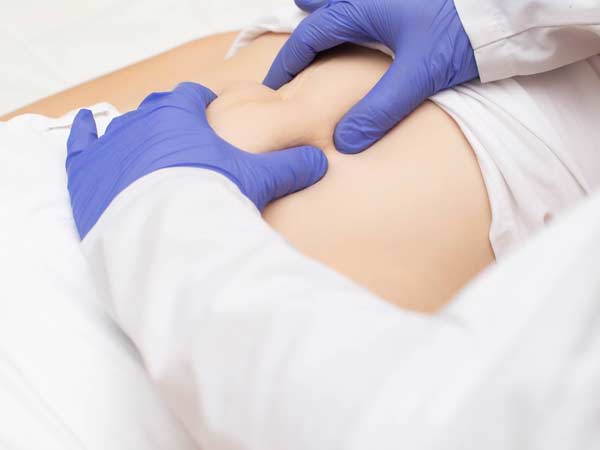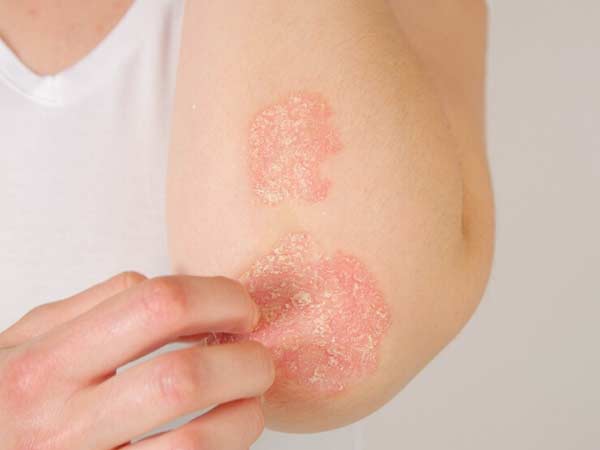 What is a skin lesion?
What is a skin lesion?
Among the most frequent skin lesions are soft fibromas, moles, etc. Most of these injuries are harmless. In rare cases, they become cancerous. Controlling moles and other pigmented spots is an important step in detecting skin cancer, especially malignant melanoma. The medical term for moles is “nevus.”
What symptoms does it cause?
Most of these injuries do not produce symptoms. Sometimes, depending on their location, they can cause some discomfort secondary to rubbing against clothing. The typical mole is a brown spot. However, moles can come in different colors, shapes, and sizes.
Rare moles that may indicate the presence of melanoma
The following “ABCDE” guide can help you determine if a mole or blemish may be melanoma or other types of skin cancer:
- The letter “A” represents asymmetry. One half is different from the other.
- The letter “B” represents the edge. Look for moles that have ragged edges, cuts, or waves.
- The letter “C” stands for color. Look for growths that have changed color, are many colors, or are irregular in color.
- The letter “D” represents the diameter. Look for new growths on moles that are larger than 1/4 inch (about 6 millimeters).
- The letter “E” represents evolution. Watch for moles that change in size, shape, color, or height, especially if part or all of a mole turns black. Moles can also evolve and produce new signs and symptoms, such as itching or bleeding.
Cancerous (malignant) moles vary greatly in appearance. Some may have all of the above features. Others may only submit one or two.
How is it diagnosed?
Your doctor can identify the different skin lesions by performing a physical exam. If the doctor suspects that a skin lesion may be cancerous or causes you discomfort due to its location, I can indicate surgery.
What treatment options exist?
Most skin lesions do not need treatment. If removal is indicated, it is a quick and usually outpatient procedure. The doctor uses a local anesthetic and removes the lesion with a margin of healthy skin if necessary. The procedure could leave a permanent scar.

